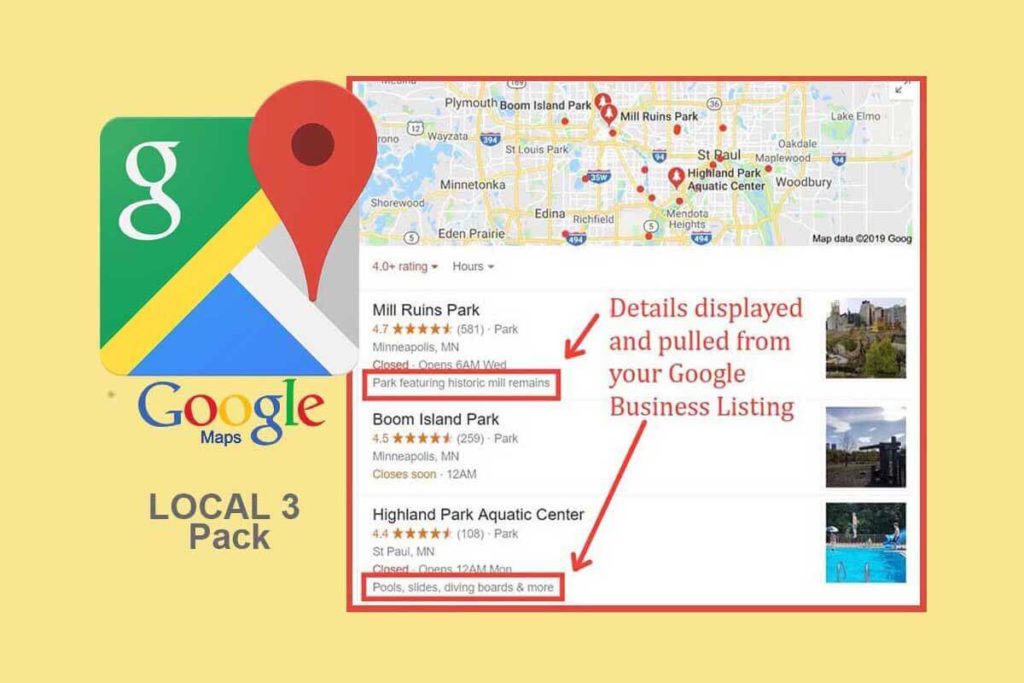What Is Search Engine Result Page (SERP)?
In the vast landscape of the internet, search engines play a crucial role in helping users find the information they seek. When you enter a search query into a search engine like Google or Bing, you’re presented with a list of relevant links and snippets called the Search Engine Result Page, or SERP for short. In this blog post, we’ll dive into the world of SERPs, explaining what they are and how they work in simple terms.

Understanding SERPs
Imagine you’re searching for “best pizza places in your city” on a search engine. After hitting the search button, the search engine’s algorithms go to work, scouring the vast web to find web pages that match your query. The search engine then compiles these results and displays them on the SERP.
Components of a SERP
Organic Results
These are the main listings that appear on a SERP. They are generated based on their relevance to the search query and the search engine’s ranking algorithms. Organic results are not influenced by paid advertisements.

Paid Ads
Alongside organic results, you’ll often see sponsored listings or advertisements. These are paid placements, where businesses pay the search engine to display their ads when specific keywords are searched. These ads are typically labeled as “Ad” or “Sponsored” to distinguish them from organic results.
Featured Snippets
A featured snippet is a concise summary of information displayed prominently at the top of the SERP. It aims to provide a direct answer to a user’s query without requiring them to click on a specific website.

Knowledge Graph
Some searches trigger a knowledge graph panel, which displays relevant information in a visually appealing format. For example, if you search for a famous person, you might see a panel with their photo, a brief bio, and related information.
https://saranshgulati.com/meta-tags-in-digital-marketing/
Local Pack

When searching for location-specific queries like “coffee shops near me,” a SERP might display a local pack. It shows a map and a list of relevant businesses with their contact information, ratings, and reviews.
Images, Videos, and Other Rich Media
Depending on your search query, the SERP may include images, videos, news articles, and other types of media to provide a diverse range of information which helps to provide more attractive and knowledgeable results.
Factors Influencing SERP Rankings

Search engines use complex algorithms to determine the order and relevance of results on the SERP. While these algorithms are not openly disclosed, some key factors that can influence rankings include:
- Quality and authority of the website.
- User engagement metrics (e.g., click-through rate and time spent on page).
- Website performance (e.g., loading speed and mobile-friendliness).
- Social signals (e.g., shares and likes).
Search Engine Result Pages (SERPs) are the gateway to the vast information available on the internet. By understanding how SERPs work and the different elements they consist of, you can make more informed decisions when searching for information or promoting your website. Remember, search engines strive to provide the most relevant and useful results, so optimizing your content for both users and search engines can improve your visibility on the SERP.




